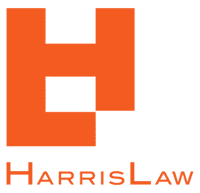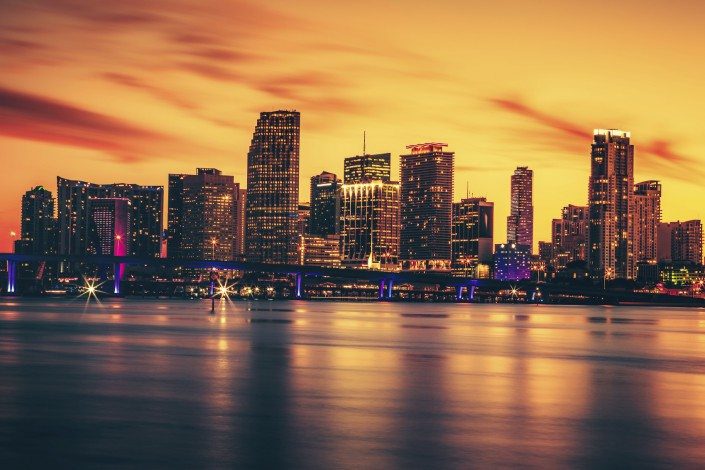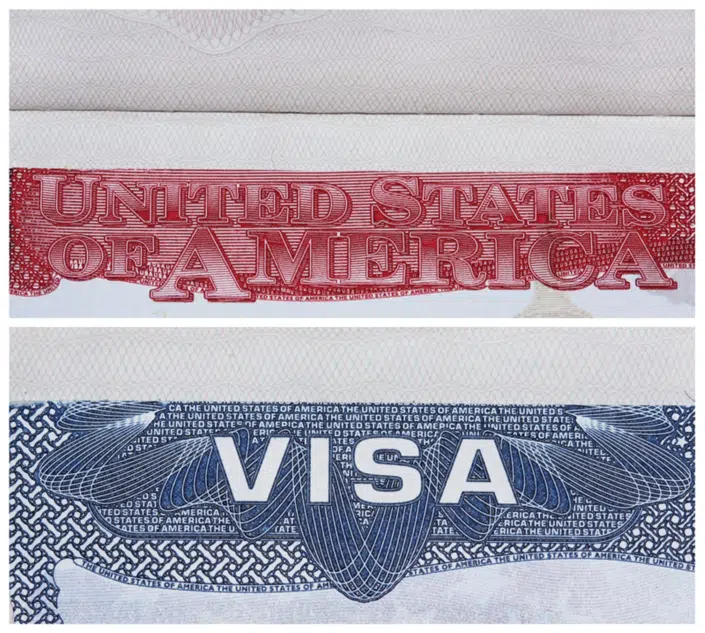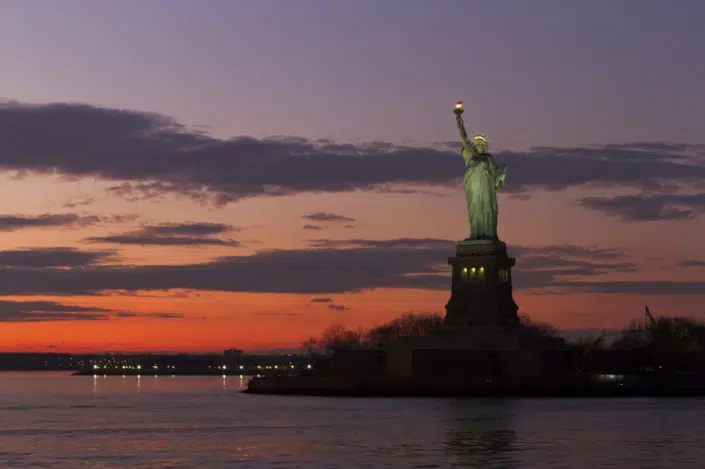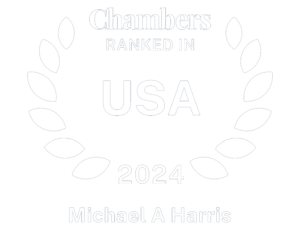AT HARRISLAW, WE HAVE WORKED ON HUNDREDS OF H-1Bs
UNDERSTAND THE H-1B VISA: ELIGIBILITY, APPLICATION PROCESS, AND TIMELINES FOR HIRING FOREIGN SPECIALTY WORKERS
The H-1B visa category is designated for foreign nationals employed in “specialty occupations,” requiring specific educational and professional qualifications. A “specialty occupation” is defined by the law as an occupation that requires:
- Theoretical and practical application of a body of highly specialized knowledge; and
- Attainment of a bachelor’s or higher degree in the specific specialty (or its equivalent) as a minimum for entry into the occupation in the United States.
Additionally, the H-1B category encompasses fashion models demonstrating “distinguished merit and ability,” who are not required to meet the standard criteria for specialty occupations.
Specialty Occupations
Applicants seeking to perform services in a specialty occupation must establish that they have the qualifications to undertake the services required for that specialty occupation. At a minimum, a person in a specialty occupation must document that he or she has full state licensure to practice in the occupation, if such licensure is required to practice. The foreigner must also establish that he or she has completed the degree required as the minimum standard for entry into the occupation in the United States, or has experience in the specialty equivalent to the completion of such degree and recognition of expertise in the specialty through progressively responsible positions in the occupation. Foreign medical graduates seeking admission to engage in direct patient care and health care workers (other than physicians) must meet certain additional requirements to be eligible for H-1B status.
A. Procedural Requirements
1. U.S. Employer
The employer seeking the services of an H-1B worker and filing the necessary papers to obtain such services must be a “U.S. employer.” A U.S. employer is a firm, corporation, contractor or other association or organization in the United States with an IRS tax identification number. Among one of the critical considerations today, is the question of who an “employer” can be. In January 2010, the U.S. Immigration Service now may inquire as to whether there is a valid employer-employee relationship. This issue may impact independent contractors, self-employed H-1B workers, and H-1B workers placed at third-party worksites. Among some of the factors that the U.S. Immigration Service will consider, whether the U.S. employer has the “right to control” the H-1B worker’s employment, such as when, where and how the worker performs the job.
2. Minimum Wage Requirements
As a prerequisite to obtaining the services of an H-1B worker, the U.S. employer must promise the U.S. Department of Labor that it will pay its H-1B workers the “required wage rate” and will offer prevailing working conditions to those workers. The employer must also attest that a strike or lockout is not in progress with regard to the occupational classification at the place of employment, and it has given notice to its other employees.
3. Evidence of Specialty Occupation
The occupation to be filled by the foreign worker must require the services of someone who has the credentials for that specialty occupation. Some typical specialty occupations include:
| Engineers | Systems analysts/engineers |
| Accountants | Architects |
| Lawyers/foreign law advisors | Teachers/Professors |
| Scientists | Journalists/Editors |
| Librarians | Technical publications writers |
| Psychologists | Management consultants |
| Financial analysts | Market research analysts |
There are gray areas around the scope of some of these job titles. For example, there may be “teaching” positions in some private schools or day-care settings that are not documented as specialty occupations. If the setting is marginally related to the traditional school environment, submission of some documentation that professional teaching credentials are required would be a good idea. Some common gray areas: science and medical positions involving technicians; law positions in which the foreigner is not admitted to the U.S. bar; and computer positions not involving software or systems design, such as entry-level programming positions.
B. The H-1B Visa Cap: Availability of H-1B Numbers
The annual H-1B cap is generally set at 65,000, subject to certain exemptions and set-asides, such as the U.S.-Chile and U.S.-Singapore Free Trade Agreements.
- Petitions for sequential H-1B employment, concurrent H-1B employment, extensions of stay, and amended petitions are not counted against the cap.
The annual H-1B cap is set at 65,000. However, overall H-1B numbers are reduced by the U.S.-Chile and U.S.-Singapore Free Trade Agreements (FTAs), which set aside 6,800 H-1B numbers for professionals from those two countries each fiscal year. In practical terms, therefore, just 58,200 H-1B numbers are available in the standard H-1B pool.
- Advance Degree Exceptions to the Cap.
Legislation enacted in 2004 creates an exemption from the cap for 20,000 advanced degree graduates of U.S. universities. The USCIS will exempt the first 20,000 petitions for H-1B workers who have a master’s degree or higher from a U.S. institution of higher learning. After those 20,000 slots are filled, the U.S. Immigration Service will apply petitions for H-1B workers with a master’s degree or higher against the annual cap of 65,000.
- Employees With No Cap Limit.
Apart from the 20,000 exemption for advanced degree professionals, several types of H-1B cases are exempt from the cap without regard to the number of such cases that are filed. These include: (1) petitions for employment at an exempt organization, such as an institution of higher education or a related or affiliated nonprofit entity, nonprofit research organization, and governmental research organizations (note, however, that if an H-1B professional moves from an exempt nonprofit organization to a for-profit company, he or she would then be subject to the cap); (2) petitions for an individual who has already been counted against the cap during the previous six years, unless the H-1B applicant would be eligible for a full six years of authorized admission at the time the petition is filed; (3) petitions for J-1 nonimmigrants who are changing status to H-1B and who obtained waivers through the Conrad 30 Program or other federal government programs.
C. H-1B Season: When Can an Employer Apply for an Employee?
On April 1 of every year, the H-1B Cap opens up to filing by prospective U.S. employers. This is the earliest date that a petition can be filed, and the earliest start-date of employment is the following October 1 of that year. In previous years, the H-1B Cap has run out of available numbers anywhere from the first few months after April 1, to the first week of filing. Prior to the U.S. economic crisis in 2008, the H-1B Cap ran out of visas during the first week in April. But after the U.S. economic crisis, the following year the H-1B Cap lasted many months. Every year as the U.S. economy has recovered, the H-1B Cap has been fulfilled faster than the previous year. In 2012, for example, the available H-1B visa number lasted barely two months. In the last several years, the H-1B cap has been fulfilled within the first 5 business days.
Recent Changes in the H-1B Program
In the last few years, the H-1B visa program has undergone significant changes aimed at tightening eligibility criteria and enhancing oversight. The introduction of the electronic registration system in 2020 streamlined the initial filing process, allowing employers to register prospective beneficiaries online before submitting full petitions. The Trump administration’s “Buy American and Hire American” Executive Order led to increased scrutiny of H-1B petitions, particularly concerning employer-employee relationships and wage levels. However, some of these changes were rolled back or revised under the Biden administration, which aims to make the U.S. more accessible to skilled foreign workers. It’s crucial for employers and prospective H-1B workers to stay updated on policy shifts, as these changes can significantly impact eligibility and the likelihood of petition approval.
To learn more about the H-1B program and how your company may be able to benefit by the hiring of a professional or specialized worker, please contact us for more information.
Frequently Asked Questions (FAQ) on Recent Changes in the H-1B Program
1. What is the electronic registration system?
The electronic registration system was introduced in 2020 to streamline the initial filing process for the H-1B visa. Employers can now register prospective H-1B beneficiaries online during a designated registration period. The system then conducts a random lottery, and only those selected are eligible to submit full H-1B petitions. This change aims to make the initial application process more efficient and cost-effective.
2. How have wage levels been affected in recent years?
In the past few years, there were attempts to prioritize higher wage levels in the H-1B selection process. The idea was to ensure that H-1B workers are not used to undercut American workers by offering lower wages. However, these changes have been subject to legal challenges and revisions, making it crucial for employers to stay updated on the current wage level requirements.
3. What changes have been made concerning employer-employee relationships?
The U.S. Citizenship and Immigration Services (USCIS) has increased scrutiny to ensure that a bona fide employer-employee relationship exists. This is particularly relevant for H-1B workers placed at third-party worksites. Employers must now provide more substantial evidence to prove that they have a degree of control over the H-1B worker’s employment, such as work assignments and performance reviews.
4. Are there any new restrictions on specialty occupations?
While the fundamental definition of “specialty occupations” remains unchanged, there has been heightened scrutiny to ensure that the job duties and educational requirements align with the standards for specialty occupations. Employers may need to provide additional documentation to prove that the position indeed qualifies as a specialty occupation.
5. How has the Biden administration impacted the H-1B program?
The Biden administration has taken steps to make the U.S. more accessible to skilled foreign workers. Some of the restrictive measures implemented under the previous administration, such as heightened scrutiny of employer-employee relationships, are being reviewed or revised. The current administration aims to balance the protection of American workers with the need to attract global talent.
6. Are there any anticipated changes to the H-1B program?
While it’s difficult to predict with certainty, both legislative and executive actions could bring further changes to the H-1B program. Employers and prospective H-1B workers should stay updated on policy announcements and legislative developments, as these could significantly impact eligibility criteria, wage levels, and the application process.
